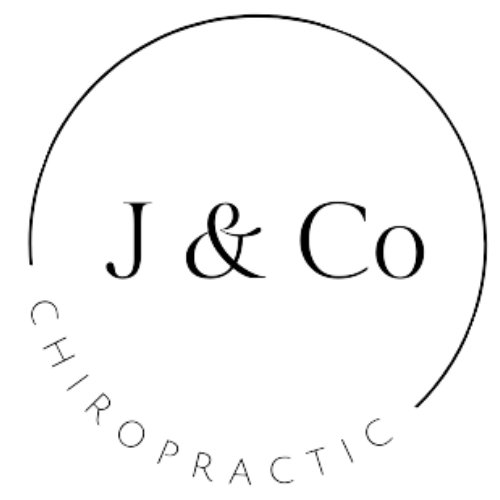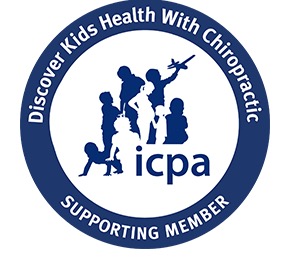Living with a herniated disc can be incredibly challenging as it affects every aspect of your life. From the moment you wake up to the time you go to bed, the pain can be relentless. But there’s hope, and it comes in the form of our chiropractic care.
Following is a short guide on herniated disc and how chiropractic treatment helps fix it:
What Is a Herniated Disc?
Also known as a ruptured or slipped disc, a herniated disc is a medical condition that occurs when the soft gel-like center of an intervertebral disc in the spine protrudes through its tough outer layer.
Your spine comprises a series of vertebrae, and between each pair, a disc acts as a cushion, absorbing shock. These discs have a tough, rubbery exterior called the annulus fibrosus and a soft, gel-like interior called the nucleus pulposus.
When a disc herniates, the nucleus pulposus pushes through a tear in the outer annulus fibrosus. This can happen due to wear and tear over time or sudden trauma. The herniated disc then presses on nearby nerves, leading to symptoms such as weakness, pain, or numbness in the affected area.
Causes
- Improper Lifting: Lifting heavy objects using improper techniques, especially when combined with twisting or turning, can increase the risk of disc herniation.
- Age-Related Wear and Tear: As people age, the discs in their spine lose water content and become less flexible, making them more prone to tearing or rupturing.
- Trauma: Sudden, forceful movements or injuries, like a fall or a blow to the back, can cause a disc to herniate.
Symptoms
A herniated disc usually takes place in the lower back. The most common symptoms include:
- Pain on one side
- Sharp pain in the buttocks and leg and numbness in other body parts
- Weakness in limbs, leading to imbalance
- Neck pain during simple movements, such as a head turn
- Numbness in fingers, forearm, and upper arm
- Pain over the shoulder blade
The pain worsens:
- At night
- After sitting or standing for too long
- When you laugh, cough, or sneeze
- When you walk for more than five minutes
- When you bend backwards
Diagnosis
Diagnosis of a herniated disc typically involves a combination of imaging tests, including X-rays, CT (computed tomography) scans, and MRI (magnetic resonance imaging). These tests help confirm the herniated disc’s location, allowing healthcare professionals to develop an appropriate treatment plan.
If the situation seems under control, you will be referred to a chiropractor for adjustments.
How a Chiropractor Fixes a Herniated Disc
Chiropractors employ a combination of manual adjustments, therapies, and exercises to address herniated discs. Here’s a breakdown of how they might approach this condition:
Patient Evaluation
Chiropractors begin by conducting a thorough examination, which may include reviewing the patient’s medical history, performing a physical examination, and ordering diagnostic tests to get a clear picture of the injury’s severity. This allows them to determine the most appropriate course of action.
Introductory Spinal Adjustments
Spinal manipulations are a hallmark of chiropractic care. The chiropractor uses controlled, sudden force to manipulate the spine’s joints, aiming to alleviate pain, reduce inflammation, and improve alignment. For a herniated disc, adjustments may focus on the affected area to relieve pressure on the nerve roots.
The Flexion-Distraction Technique
The flexion-distraction technique is a non-surgical approach to alleviate pain caused by a herniated disc. The patient lies face down on a specialized table with moving parts that allow controlled and gentle stretching of the spine.
The chiropractor uses a combination of repetitive and rhythmic flexion and distraction movements. This cyclic motion creates a pumping action that helps the intervertebral disc regain its normal shape and position.
The cyclic movement of the flexion-distraction technique creates a pumping effect within the disc. This helps to increase the space between vertebrae, reducing pressure on the affected disc and promoting the retraction of herniated material.
The pumping action also enhances blood flow to the spinal structures. Improved circulation facilitates the delivery of oxygen and nutrients to the injured area, supporting the natural healing process.
Pelvic-Blocking Technique
The pelvic-blocking technique includes different treatments, such as placing cushioned wedges under the pelvis to relieve pressure, tilt exercises for engaging the core pelvic muscles and using a pelvic compression belt to reduce the load on the lumbar spine and provide stability.
If symptoms such as pain, numbness, or weakness persist despite several weeks or months of conservative treatments, surgery may be recommended. Chronic and unremitting symptoms may indicate that the disc is pressing on a nerve root or the spinal cord, and surgical intervention may be necessary to alleviate the pressure.
At J & Co. Chiropractic, we believe in a holistic approach to healing. Your journey with us begins with a comprehensive examination to assess your condition and identify the specific factors contributing to your herniated disc. Dr. Jessica Cho, an experienced chiropractor, will create a personalized treatment plan with a combination of chiropractic adjustments, therapeutic exercises, and spinal decompression to help you achieve a pain-free life. For more information, call (847) 665-9722.


